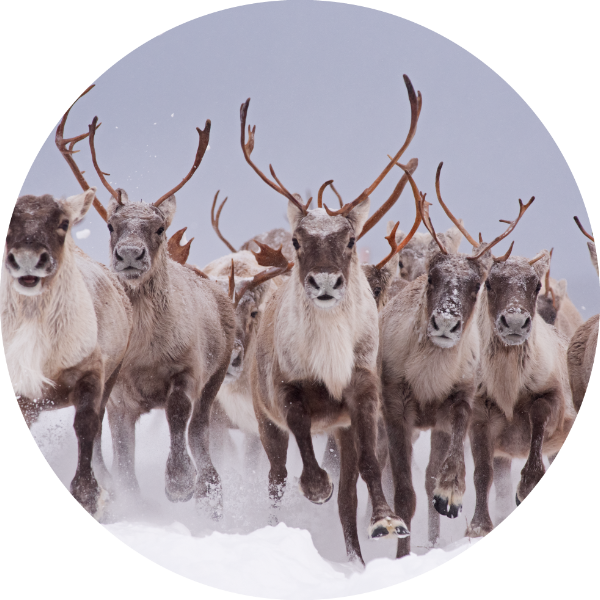
Arctic and Subarctic terrestrial ecosystems face significant ecological changes in response to climate shifts. In recent decades, a widespread yet heterogenous greening of the landscape has been observed. This greening trend occurs at the expense of the natural flora of slow-growing plants, mosses and lichens, some of which have developed unique biochemical adaptations to the harsh conditions. As their growth and distribution patterns are changing, there is an urgent need to describe the ensemble of phytochemicals that these plants produce and understand their potential for pharmaceutical applications. The greening may also have cascading effects on animal species which use these plants as a food source at different times of year. Climate change can impact the network of trophic links that relate the different species within an ecosystem. A spatial or temporal mismatch may separate previously interacting species, while novel interactions may appear due to new spatial co-occurrences. Through modelling, researchers can now better predict the effects that different climate change scenarios will have on species distributions, and thus on species interactions. The work by Sentinel North research teams described in this chapter looks at the threatened chemodiversity of Arctic and Subarctic plant species; the tundra ecosystem greening trend and its multifaceted impacts; the changing animal communities and the development of new technologies to monitor them; the modelling approaches to predict ecosystem interactions, vulnerability, and resilience; and the challenges facing northern biodiversity conservation.